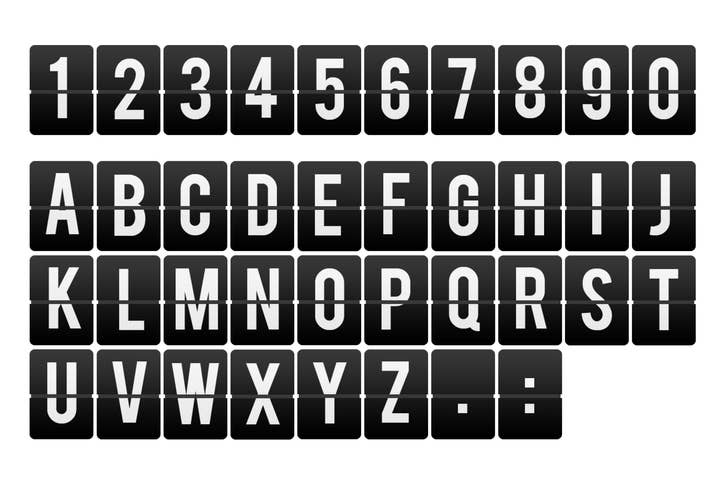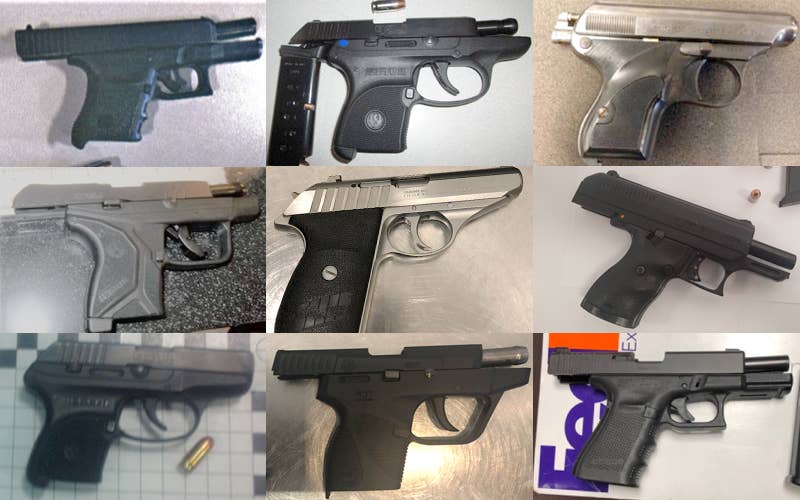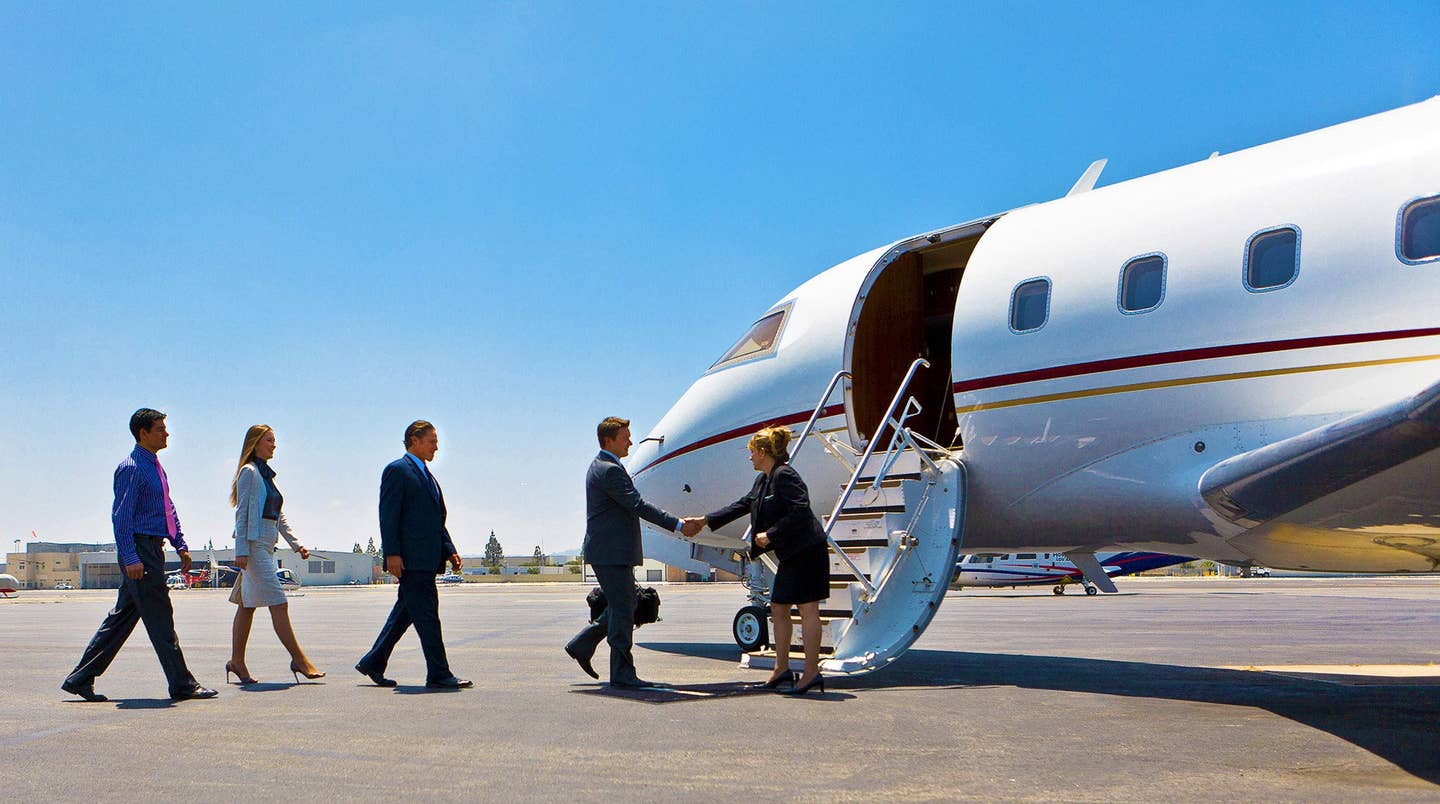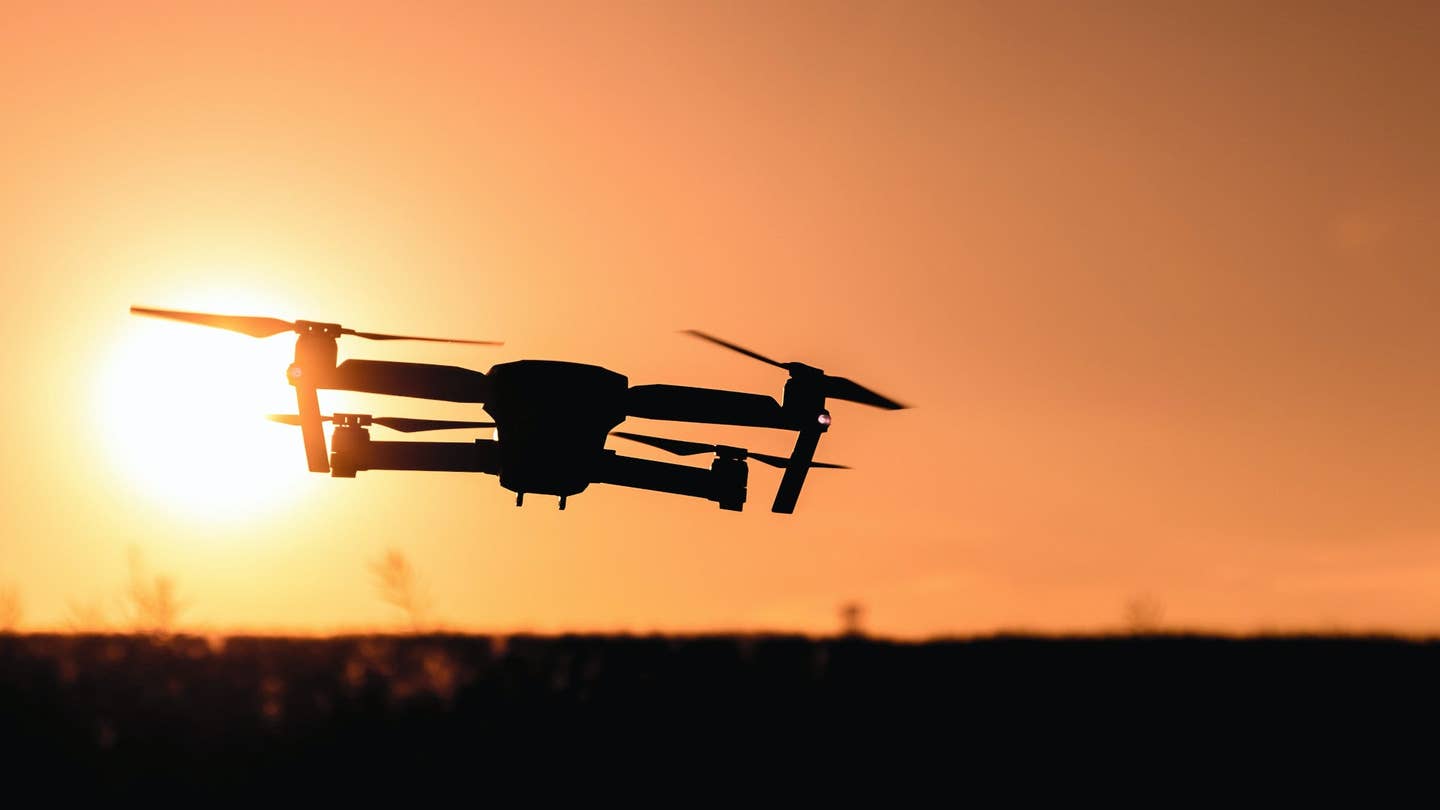
The aviation alphabet is used to make communication within the airline industry clear and easy to understand. Let’s review this below. [Credit: iStock]
The aviation alphabet is a phonetic alphabet that is commonly used among pilots. The International Civil Aviation Organization, or ICAO, developed a list of codes that coordinates to the letters of the standard English alphabet. This was meant to simplify communication between pilots and other positions that deal with air traffic throughout the world. Prior to the 1950s, many countries had their own means of communication for air travel. However, due to many letters sounding too similar and the need for smooth communication, the ICAO simplified a standard list to be used by everyone.
What Phonetic Alphabet Do Pilots Use?
Since the 1950s, the ICAO alphabet has been the common denominator between pilots throughout the world. Prior to this, pilots from different countries had their own way of communicating.
However, once international travel became more common, along with conflict throughout the world, it was determined that communication needed to be streamlined to keep everyone safe. Therefore, the ICAO created the International Phonetic alphabet.
What Is the Importance of the ICAO Phonetic Alphabet?
The ICAO Phonetic Alphabet is meant to decrease risk and misunderstanding and improve communication between those involved in air travel. Many letters and phrases sound too similar, for example, the letters “p” and “b” may sound the same over the radio. So instead, pilots would say “papa” or “bravo”. Using the ICAO alphabet, pilots can communicate their location, approximate arrival time, any services required by crews, or the tail number of their plane.
What Is the Pilot Alphabet Used for?
All pilots, air traffic controllers, and flight dispatchers are required to know the aviation phonetic alphabet in order to more quickly and accurately relay information between each other. If a pilot needs to communicate information to the closest flight tower or to their destination, they will use the phonetic alphabet to avoid any confusion or miscommunication.
How Do You Use the Aviation Alphabet?
Today, the aviation alphabet is widely used and accepted and has become the standard for learning to become a pilot or work in the air travel industry. Understanding the words that are used for letters and numbers will help your communication be accepted no matter where you are traveling.
For example, pilots will not say a specific letter or number when speaking over their radio to dispatchers. They will instead say the word associated with the letters they are trying to communicate. The same is true for numbers. Instead of saying a specific number, the pilot or dispatcher will instead communicate each digit of the number separately.
Examples of Aviation Alphabet in Use
Let’s say a pilot was trying to communicate their tail number, XL-TRA to the flight tower. They would say, “X-ray Lima Tango Romeo Alpha”. Now let’s say they wanted to communicate their altitude at 35,000 feet. They would say “Tree Fife Tau sand feet”. It’s also important to note that the aviation industry will use the 24-hour military time reporting system. So if a pilot wanted to communicate the time as being 17:45, they would say each digit individually as “one sev-en fow-er fife”.
Aviation Alphabet Glossary
Let’s take a look at the letters and numbers that are associated with the aviation phonetic alphabet.
Letters
| LETTER | TELEPHONY | PHONIC (PRONUNCIATION) |
| A | Alfa | Al fah |
| B | Bravo | Brah voh |
| C | Charlie | Char lee |
| D | Delta | Dell tah |
| E | Echo | Eck oh |
| F | Foxtrot | Foks trot |
| G | Golf | Golf |
| H | Hotel | Ho tell |
| I | India | In dee ah |
| J | Juliet | Jew lee ett |
| K | Kilo | Key loh |
| L | Lima | Lee mah |
| M | Mike | Mike |
| N | November | No vem ber |
| O | Oscar | Oss cah |
| P | Papa | Pah Pah |
| Q | Quebec | Keh beck |
| R | Romeo | Row me oh |
| S | Sierra | See air rah |
| T | Tango | Tang go |
| U | Uniform | You nee form |
| V | Victor | Vik tah |
| W | Whiskey | Wiss key |
| X | X-ray | Ecks ray |
| Y | Yankee | Yang key |
| Z | Zulu | Zoo loo |
Numbers
| Number | TELEPHONY | PHONIC (PRONUNCIATION) |
| 1 | One | WUN |
| 2 | Two | TOO |
| 3 | Three | TREE |
| 4 | Four | FOW ER |
| 5 | Five | FIFE |
| 6 | Six | SIX |
| 7 | Seven | SEV EN |
| 8 | Eight | AIT |
| 9 | Nine | NIN ER |
| 0 | Zero | ZE RO |
| . | Decimal | DAY SEE MAL |
| 100 | Hundred | HUN DRED |
| 1000 | Thousand | TOU SAND |
Understanding the Aviation Alphabet
While it may seem difficult to understand at first glance, the aviation phonetic alphabet is one of the easiest to grasp aspects within the aviation industry. Many people have even adapted the use of the aviation alphabet when speaking over the phone, as many letters sound the same and may even be confused with certain numbers.
Using a standard alphabet that is understood by everyone throughout the world makes air travel safer for pilots, crews, and passengers. If you’re looking to understand more about air travel, you could try subscribing to FLYING Magazine to get all of your aviation questions answered.

Subscribe to Our Newsletter
Get the latest FLYING stories delivered directly to your inbox






